Marck - Marck’s Playground
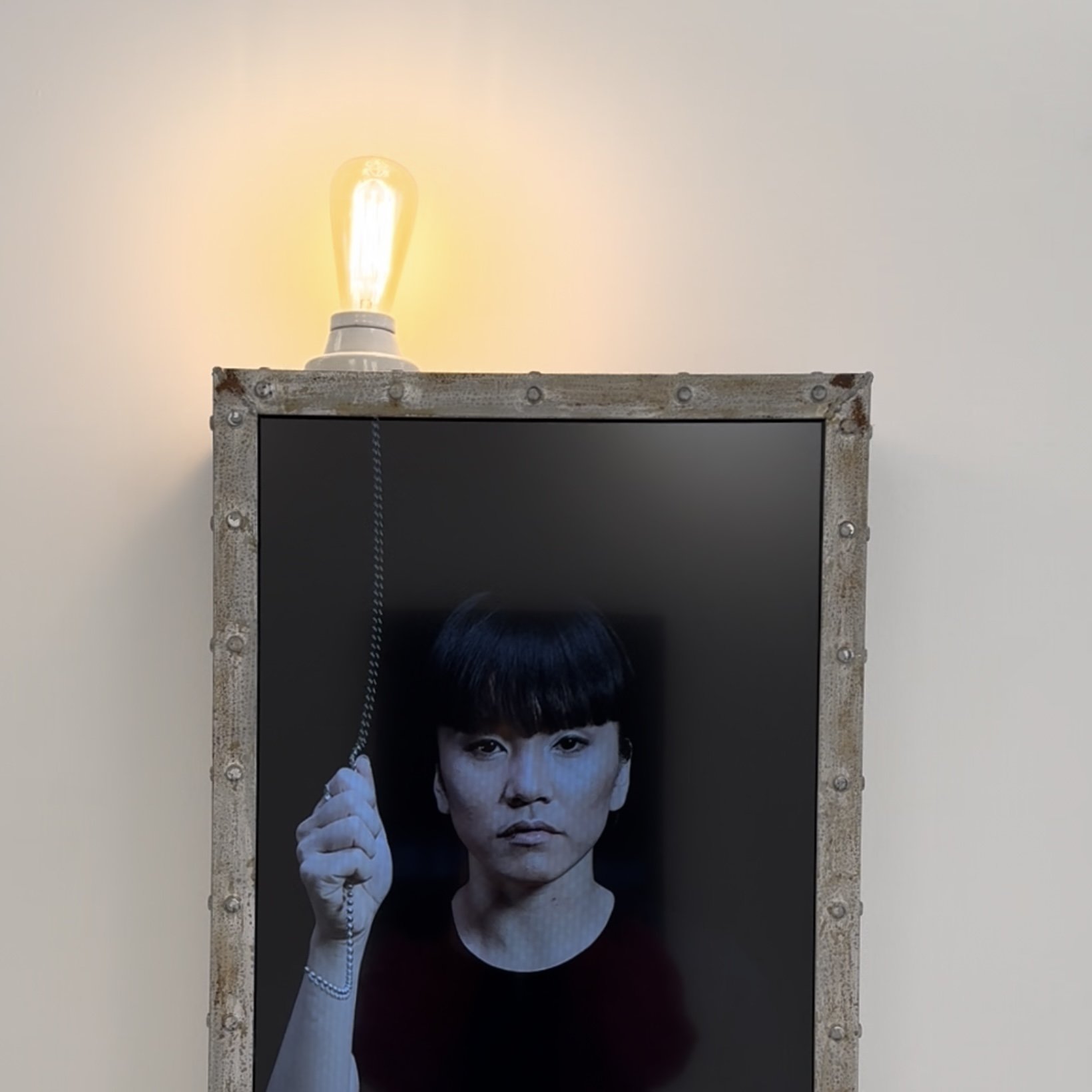
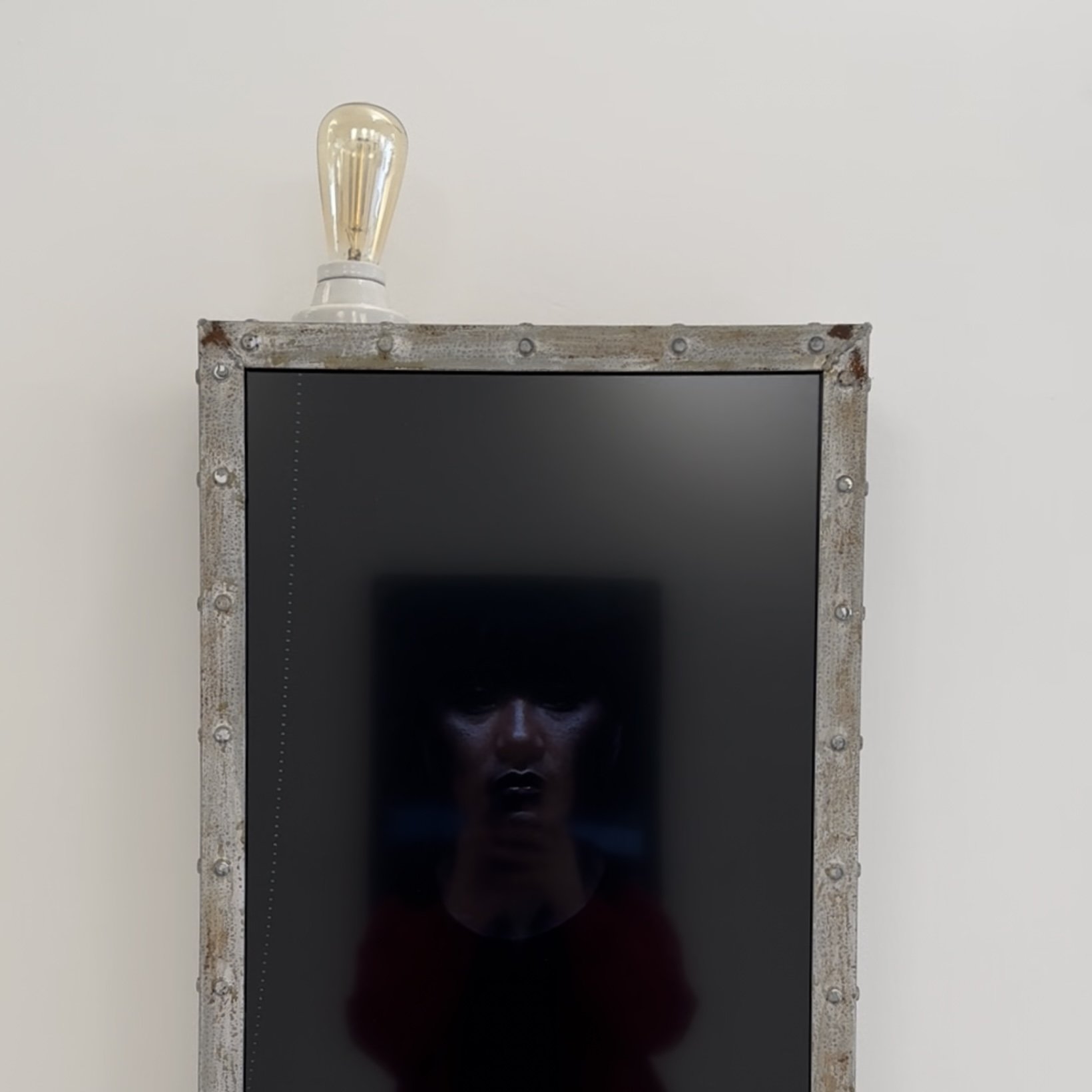
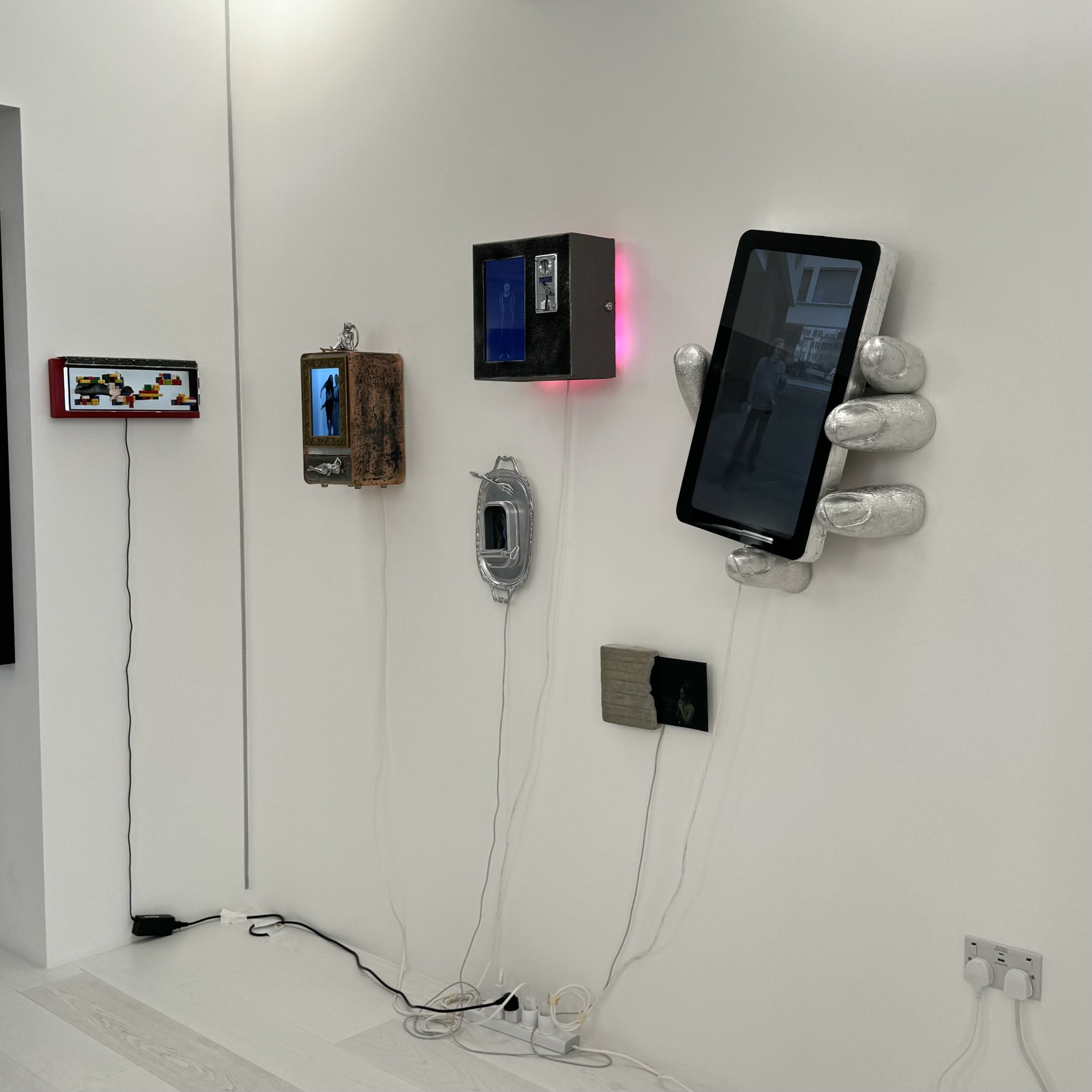
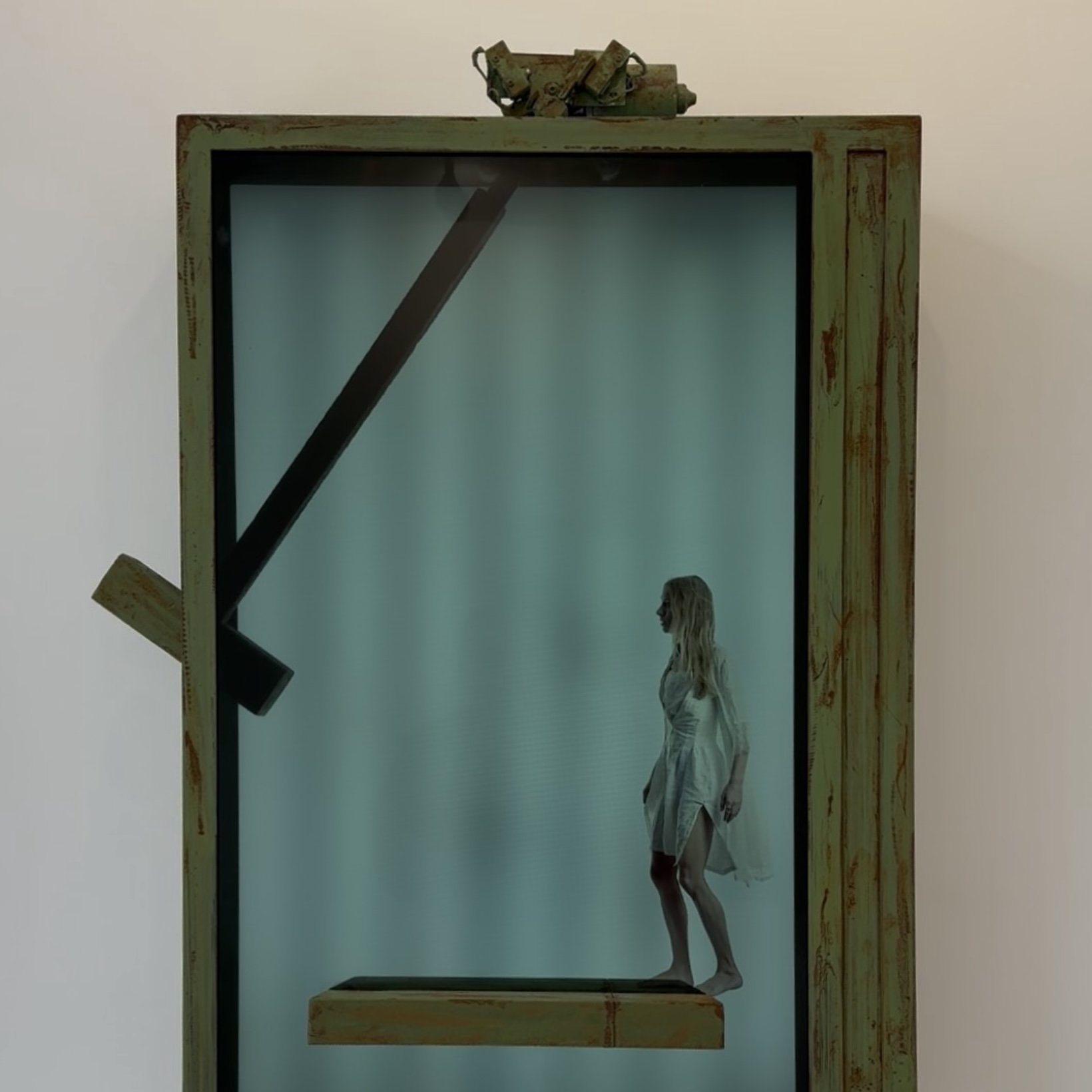
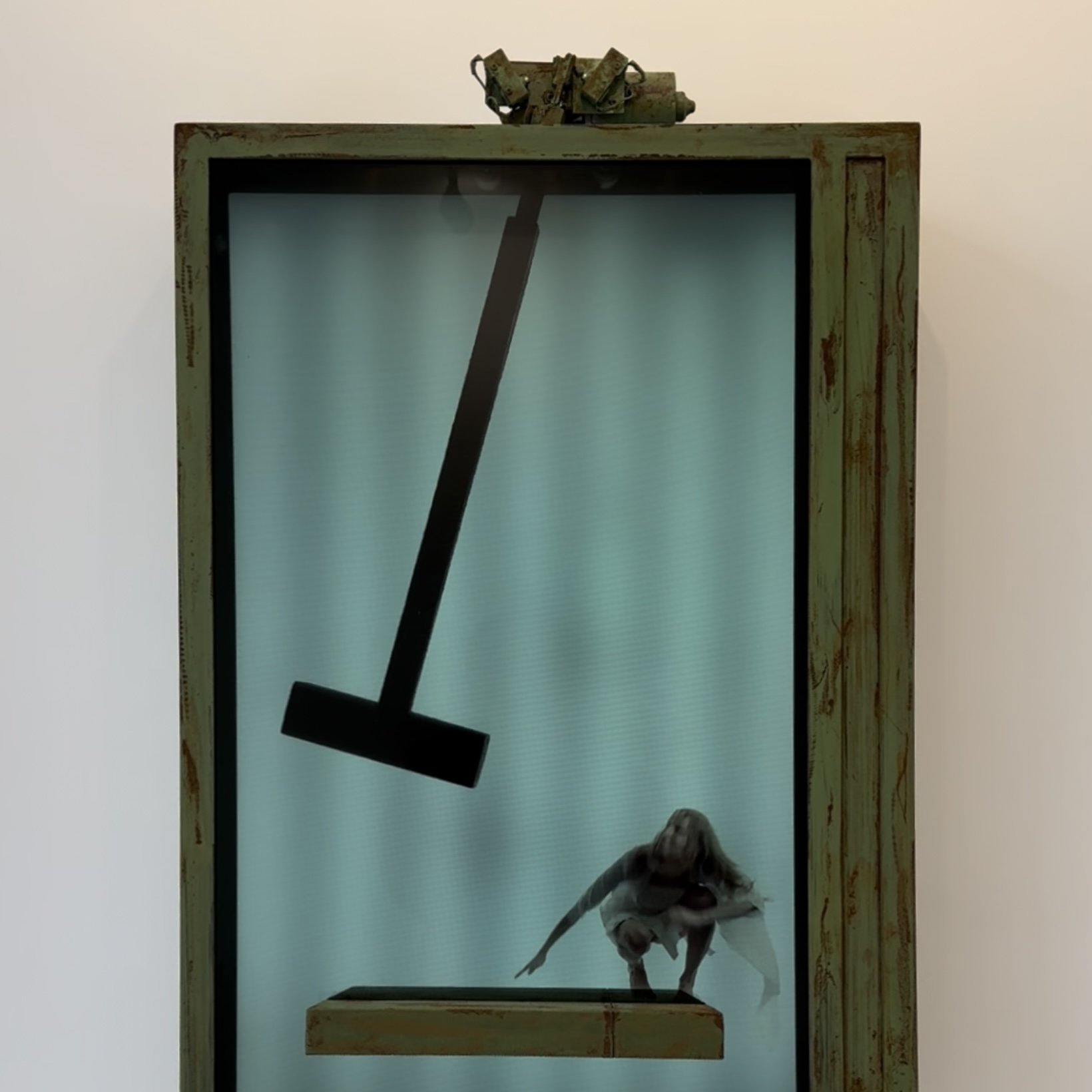
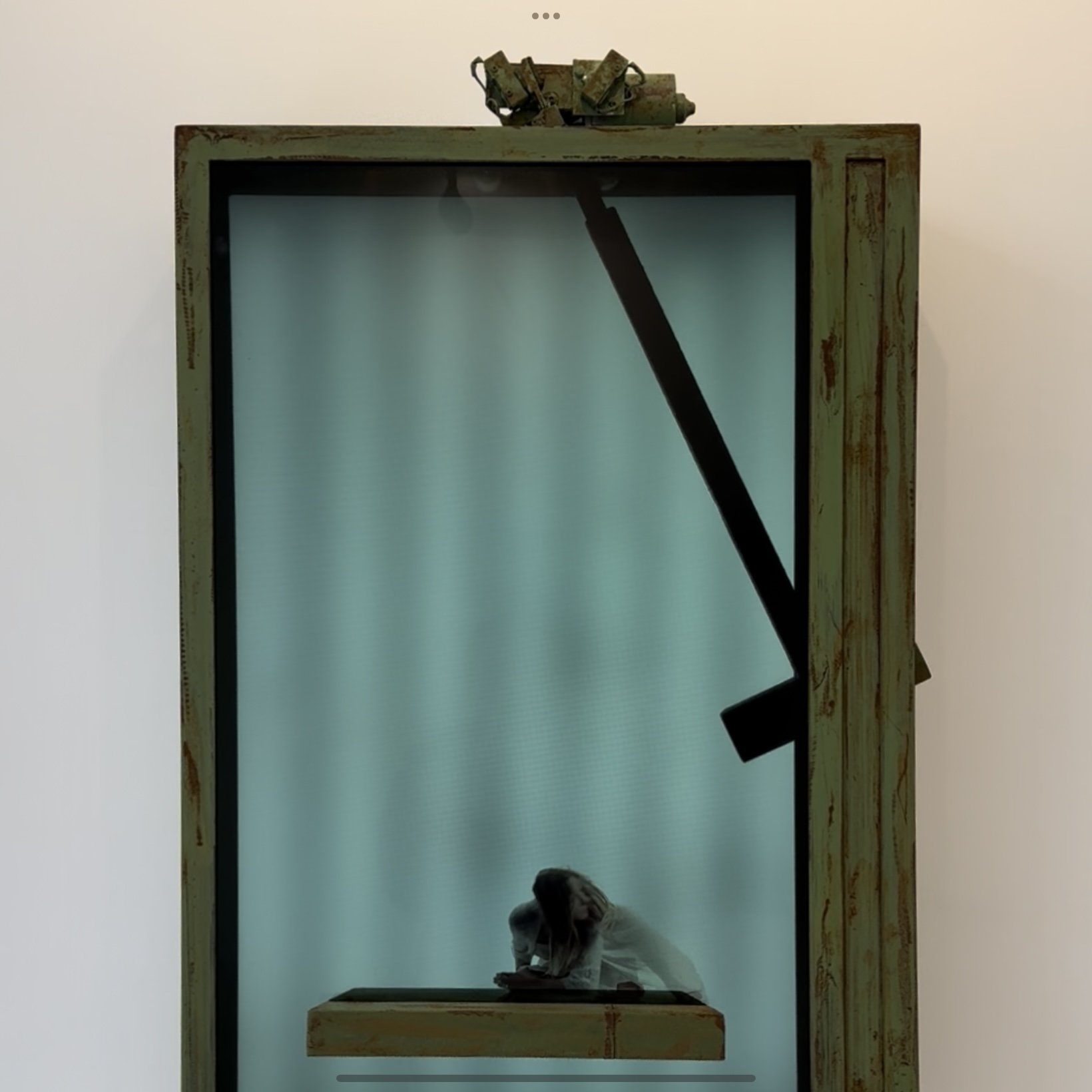
Swiss artist Marck is an artist whose work I’ve wanted to see in person for quite some time. His artwork is a hybrid of video timed to coincide with the movements of physical, kinetic sculptures. The results are highly engaging, often playful visuals that look great on social media and I was excited at the opportunity to finally experience them firsthand. Maybe my expectations had been set too high, but I left disappointed. I’ll explain why, but first let’s discuss what’s good.
In the 60s and 70s, video technology became small and affordable enough to enable artists to experiment. Early adopters like Wolff Vostell, Nam June Paik and Tony Ousler notably treated video not as the final artistic output, but simply as one of many elements to be incorporated into their work, like paint or clay. Vostell buried TV sets within his abstract canvasses, Ousler projected video of faces onto sculptural figures to bring them to life, and Nam June Paik famously created a Family of Robot made from antique radios and television sets.
Despite those early works showing such exciting potential most “video art” you will encounter is likely to be a single screen presentation that adheres to widely recognised TV formats: documentary, short-form narrative or voice-over accompanied by visuals. If you can get the same experience watching it on YouTube as you can in a darkened gallery then it’s not video art, it’s just video. I suspect Marck agrees. He’s the only contemporary artist I’m aware of that consistently explores how video can be incorporated as a physical component of a sculptural work, thereby transforming and redefining both.
His series that initially caught my attention features the silhouette of a figure stuck behind the screen, slowly feeling their way around the edges and trying to push their way out. In various iterations the screen might appear to be a large fish tank or the panel of a shipping crate. In one incredibly claustrophobic version the display slowly rotates, forcing the silhouette inside to awkwardly tumble around as if they were inside a rectangular hamster wheel.
Marck has incorporated water, light, sound and moving elements into his works and seeing them in person was absolutely better than watching a clip on social media but as I mentioned, two things let me down.
The first was something I couldn’t have anticipated: some of the production looked poorly made. Mind you, not everything. I was blown away by “Split no. 4 2021/2022” in which a women appears to spit water out of the video screen into an upturned horn. The effect was seamless, and it was impossible to tell where the water pumps and controls had been hidden. But then some works, like “Gegenstrom”, looked like household aluminium foil had been quickly applied to the display frame which distracted from, rather than enhanced, the intended effect.
The other issue was something I should have anticipated had I been properly paying attention to his back catalogue: the majority of the work was overtly, and unnecessarily, sexualised. “Human Watch” is a fascinating piece whereby digital clock numerals get re-drawn every sixty seconds by figures who move in and out and in of the LCD boundaries. There’s no need for them to be naked other than to titillate. ‘Patriarchat’ is even more egregious. A woman with a giant jackhammer is enclosed inside half of a cement panel, showing her cutting her way out (or in?). She’s completely naked except for a hard hat, and I suppressed a laugh as an old Seinfeld episode ran though my head, which has a discussion about what is ‘good naked’ (sitting on the sofa reading the newspaper) and what isn’t good naked (coughing or using a belt sander).
It was disappointing and distracting to see so many interesting concepts filled with female objectification. (Men rarely appear.) Physically squeezing people into a sardine can might not be the most subtle metaphor, but it’s still a powerful image that could have been made even more fascinating through the use of video. Filling it with naked women squeezed together and titling it “Sex Sells” reduces the concept to crass schoolboy humour.
I’ve got nothing against nudity in art, and artworks generally aren’t considered overly sexualised or pornographic when nudity is used in the service of the intended message. One easy way to check is to visually re-imagine the work with the nude removed or covered up. If the message becomes confused, then the nude was clearly integral and justified. If the message hasn’t fundamentally changed, then you have to wonder why it was included in the first place.
Far too many of Marck’s works left me wondering, which was frustrating because the concepts inspired and excited me in ways that modern sculpture and/or video art rarely does.
〰
Note: The links in the article above are to older iterations of the work you that you can see in the current show.
Plan your visit
‘Marck’s Playground’ runs until 26 May.
Visit blueriderart.com and follow @blueriderartlondon on Instagram for more info about the venue.
Visit marck.tv and follow @marck_videosculptures on Instagram for more info about the artist.
PLUS…
Check the What’s On page so you don’t miss any other great shows closing soon.
Subscribe to the Weekly Newsletter. (It’s FREE!)
